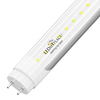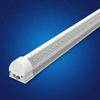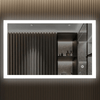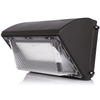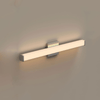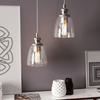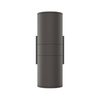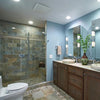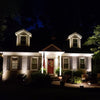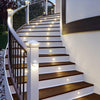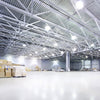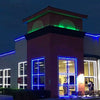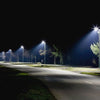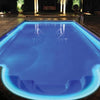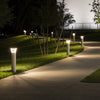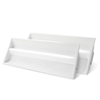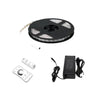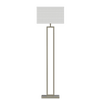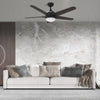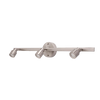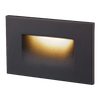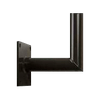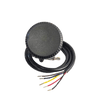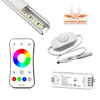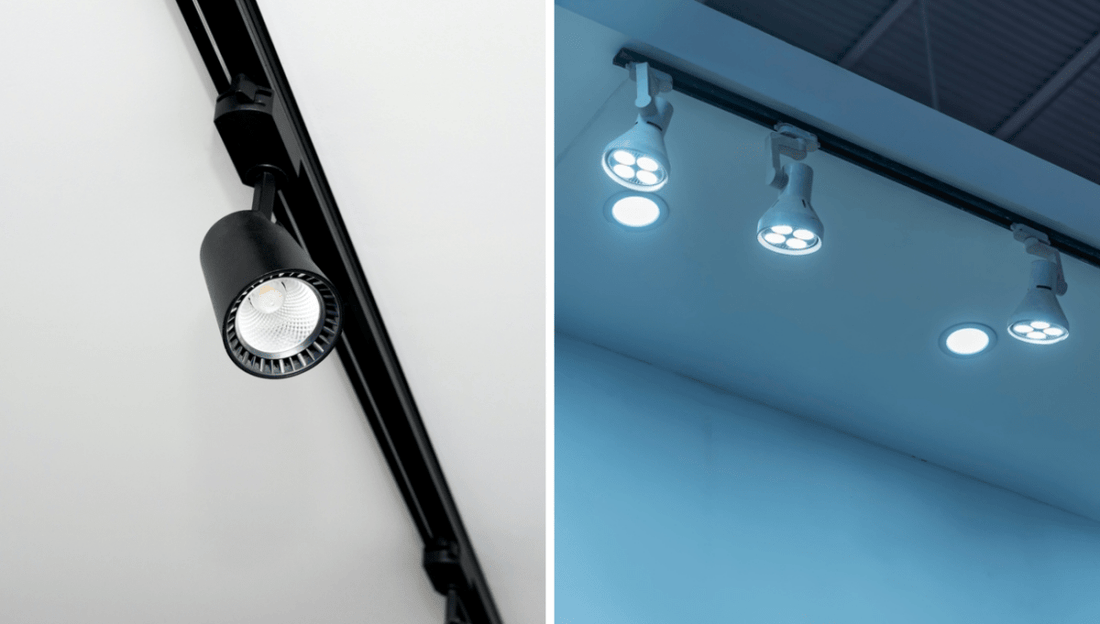Track lighting and rail lighting have become two favorite home lighting alternatives These days. They offer flexibility, modernity, and functionality. But there is a difference in terms of design, installation, and function. So, in this blog, we are going to discuss the differences between track lighting and rail lighting - especially with LED Track Lighting - besides helping you decide what one fits your needs the best.
What is Track Lighting?
Track lighting involves a lighting system through which numerous light fixtures are mounted on a straight, linear track. The fixture can be easily moved along the track for easy alteration in lighting direction as well as focus on specific areas.
Key Features of Track Lighting:
Straight Track Design: Usually it comes in the form of a straight line whereas curved designs may also be provided.
Easy Installation: Each lighting fixture can be moved or swapped out without having to replace the track.
Versatility: Perfect for task lighting, accent lighting, and general lighting throughout the room
Installation: Also, relatively easy to install, and they can be mounted on ceilings or walls
LED Adoption: More and more track lighting systems these days use LED track lighting for energy efficiency, long life, and a range of color temperatures.

What is Rail Lighting?
Rail lighting represents a form of track lighting but with more freedom in terms of design. Instead of being built out in a stiff, straight line, rail lighting uses flexible rails that can be bent and contoured to meet every curve in your space.
Key Features of Rail Lighting
Curved Flexible Design: the rail can be curved and shaped to present particular design requirements, or even fit nicely around architectural features.
Customizable Design: You can generate great lighting patterns or trail curves along a room.
Several styles: Rail lighting comes in several finishes and designs, such that you can easily find one to blend well with your décor.
LEDs: Just like track lighting, rail lighting is also gaining popularity with LEDs for their energy-saving properties and ability to adjust lighting outputs.
Main differences between track and rail lighting
Though they share some similarities, knowing them apart will help you pick which best suits your space.
- Design and Aesthetics
Track Lighting: With straight lines, it promises to give a clean and modern look to any interior. Perfect for minimalist decors, simplicity is the emphasis.
Rail Lighting: More design flexibility. Curving and shaping the rail to be creative and artistic in lighting solutions provides an opportunity for a unique, customized look in spaces.
- Installation
Track Lighting: Relatively easier to install due to straight-line design. Though it can be done as a DIY project, professional installation is preferred for larger systems.
Rail Lighting: A bit more challenging to install, since you have to shape and mount the flexible rail. More complicated, though sometimes professional installation is needed.
- Utility
Track Lighting: It is mainly used as task lighting or accent lighting. Very good at illuminating artwork, work areas, or overall areas.
Rail Lighting: More flexible, because its configuration is flexible and can be designed in almost any composition imaginable. You can have your light shine directly in all different directions or be used to illuminate an entire room when necessary, which makes it very ideal for ambient and task lighting.
- Light Fixtures
Track Lighting: Due to the functionality of most track lights, they have fewer options when it comes to designing fixtures.
Rail Lighting: This lighting has more decorative and diverse options for fixtures, as you can marry the idea of form with function.
- Cost
Track Lighting: As a general principle, it is relatively more affordable, primarily if you prefer a simplistic design.
Rail Lighting: It usually costs more as rail designs are deemed to be more complex and there are numerous options one can have when they customize this type of light.

Why to Use LED Track Lighting?
Using LED track lighting is an intelligent decision for both track and rail lighting systems. Here's why:
Energy Efficiency: LEDs consume many fewer watts compared to using conventional bulbs that can potentially save electricity.
Long Lifespan: LED lights are super long-lasting and tend not to need replacement very often.
Customizable light output: With dimmable options as well as different color temperatures, you can perfectly customize the ambiance of any room.
Eco-friendly: LEDs produce less heat and contain no toxic substances such as mercury, making it an eco-friendly device.
Which Should You Choose: Track or Rail Lighting?
Your specific lighting needs, space design, and personal preference determine whether you choose to go with track lighting or rail lighting.
- Track lighting will be excellent for an efficient, modern, and yet accessible lighting fixture. It can even be applied as a task lighting in the kitchen, office, or hallway.
- Rail lighting would be best to be applied in areas wherein designing by means of the lighting system is desired. This will be applicable in living rooms, dining areas, and maybe special features to be highlighted in other areas.
- Track lighting and rail always combine with LED lighting for efficient energy consumption. Such a setup will be used for long-lasting performance. The track and rail lighting would let the gallery walls shine through to glow coziness in a living room. And then, you choose between track and rail lighting.
Conclusion
But now that you know about the difference between track lighting and rail lighting, it will give you an edge in making decisions about improving the lighting at home. Both options give you modern and flexible solutions. After studying and evaluating, it might just boil down to your preference for design and what is best for installing. No matter what one you pick, you do consider installing LED track lighting so that you would benefit with saving energy, having more adjustable brightness, and having a much longer lifespan in your lighting.









